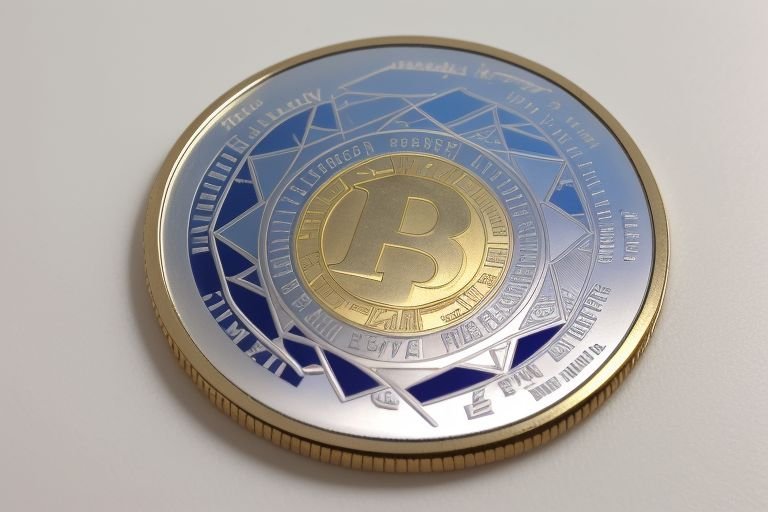In the rapidly growing world of cryptocurrencies, Helium (HNT) has been one of the most striking tokens of the year of 2024. Standing as a Digital Wireless Network, backed fully on the blockchain, Helium has ensured that it offers a service proposition that separates it from other blockchain assets, especially the cryptocurrencies.
In the last few months, promising helium has been more than unique and has actually surged in price to higher levels. Currently trading at $6. 52, Can adapt to a market which is characterized by fluctuation according to HNT. It is even more remarkable that it rebounded from the low levels that it hit during the crypto winter of 2022-2023, showcasing an increasing interest in Helium’s prospects.
In this case, the Helium network’s aim is to build a wireless internet of things network that does not require a centralized control. This idea has attracted interest from technology and funding circles due to the massive opportunity due to the growing adoption of IoT networks. Similar to bounties, by encouraging people to run hotspots for providing network coverage, Helium has established a novel ecosystem in which users earn HNT tokens.
Another significant factor that power the recent success of Helium is migration to the Solana blockchain. This reorganization, carried out towards the beginning of the year, has greatly improved the network’s flexibility. This migration not only enhances the speed of transaction through the solana network but also cuts the cost, which makes the Helium network more beneficial to both users and developers.
The demand for Helium’s technology has been demonstrated by the rising number of hotspots used across the globe. According to specific information, as of September 2024, the network has over 1M of active hotspots, simultaneously present in more than 170 countries of the world. This broad reach has placed Helium within direct competition with traditional wireless connectivity service providers through its use of a decentralized network.
As you will see, investors have lately woken up to the opportunities offered by the Helium project, with more institutions showing interest in the project. Major venture capital firms have invested a lot of money into Helium focusing on its ability to revolutionize the wireless sector. This have helped the project to get capital injections that have enabled it to enhance its technology to enable it reach out to more people.
There are some issues which Helium has to face as it goes on with its operations despite the fact that it was established recently and has recorded a success. The market in which IoT connectivity issues are quite large, and companies have many competitors, including traditional telephony giants and other promising blockchain projects. Also, there is volatile regulation risk associated with cryptocurrencies and wireless networks that may be a deterrent for several investors.
Ahead of it, the team behind the Helium has correlated an aggressive schedule for the rest of 2024 and beyond. Some of the key efforts involve growing the Helium Network’s geographical footprint especially in the regions with less coverage, exploring the possibilities of using the Helium Network for new applications, and building connections with the IoT devices’ manufacturers. These are endeavours that it seeks to achieve in a bid to entrench itself as a pioneer of decentralized wireless infrastructure.
This focus of using the created asset in real life makes it unique from most of the other cryptocurrencies we find today. Helium has developed the necessary use case to offer its technology by offering tangible returns to users and businesses through widespread, low-cost wireless coverage. This practical application has played the role of protecting HNT from some of the speculative fluctuations that are characteristic of many other cryptocurrencies.
As more and more connected devices are set up around the world – the number of which is projected to balloon in the coming years and reach billions – Helium’s prospective audience only widens. This might increase the demand of HNT tokens required to enable the inexpensive interconnectivity of these devices on the network.
But potential investors should be careful investing in Helium, like the manner in which one invests in any other cryptocurrency. Despite rebounding with great growth and adoptions the project has embraced, the crypto market’s volatility cannot be predicted. Another aspect that could prove formulational to HNT in the future are other inexhaustible transformations that include; Legal reformations can be a decisive influence to the efficiency of HNT in future Technological innovations may affect the value of HNT in future Fluctuations in the perception of HNT by the market can also be considered as a crucial factor that may influence the worth of HNT in future.
Therefore, Helium’s notion of cable connectivity and the recent performance make it one of the cryptocurrencies to consider in the future in 2024. Looking at the current growth of the project and new connections it can have in the future, the project seems rather promising in the sphere of IoT connectivity. The future user adoption of Helium remains uncertain, especially whether it can sustain the kind of pace that it has set for itself in its roadmap; but clearly Helium has been gaining traction in the right circles and has established itself as a player of some note in the crypto ecosystem.


